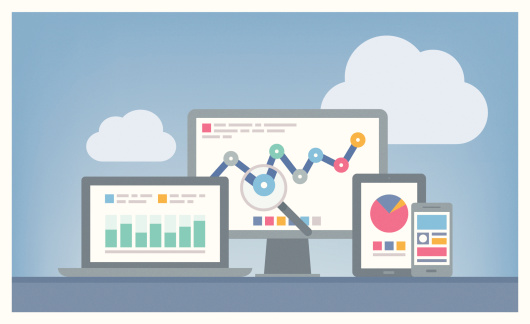
©Anatolii Babii/ISTOCK/THINKSTOCK
Speaking at a FEI Committee on Finance & IT (CFIT) meeting, Chris Iervolino, a Research Director at Gartner, said although the idea of real-time analytics may not be suited for some finance functions, it’s enabling early adopters to generate new insights from an ever-expanding explosion of transactional data.
“We can look at and understand more information because we have more data,” Iervolino told CFIT members. “We can use predictive, statistical methods that weren’t useful with less data.”
With analytics platforms emerging in the marketplace, organizations can examine structured and unstructured data, and apply visualization and collaboration tools. Iervolino said embedding these analytics tools into financial systems allows companies to integrate operational and external data to support more effective transaction analysis, performance reporting, financial planning, profitability modeling, and strategic corporate performance management (CPM) planning.
“It’s this operational relevance that’s driving tools toward real-time,” Iervolino said. “We still have hurdles to overcome, but we’re seeing real progress.”
A variety of tech-related developments are enabling advances in analytics, including the growing adoption of in-memory computing tools capable of analyzing a higher volume of data at higher speeds. These speeds help organizations reduce latency between when a transaction occurs and analytical tools can evaluate it.
In addition, the expanding shift toward cloud-oriented analytics makes tools easier to stand up quickly and helps organizations generate value from their analytics investments quickly.
Increased Integration
In addition to a deeper understanding of how the organization is performing, real-time analytics offers the promise of linking financial and operational plans more effectively.
Such a blending, Iervolino said, can be useful in a variety of industries. For example, retailers can use sales trends and seasonal demand patterns to optimize staffing levels. Similarly, integrating sales planning data can help organizations predict revenue and commission expenses.
In general terms, applying real-time analytics is better suited for performance management functions that rely on data to understand what’s going on with an organization’s products, services and operations.
“Performance management should have a real-time element,” Iervolino said. “Most performance tools today are adding collaboration tools to improve operational relevance.”
In contrast, period-end financial reporting doesn’t have to be conducted in real-time, and is better supported with tools designed with an emphasis on transparent, auditable processes and data.
Financial budgeting, planning and forecasting is another area generating interest from finance professionals to improve integration with operational units. Among the areas being developed are highlighting performance variations against budgets, and helping organizations blend financial and operational plans.
“We’re seeing progress toward more real-time tools,” Iervolino said. “Some tools are purpose-built with IT assistance, and many companies still have data integration challenges. “But a variety of new tools are coming out that are easier to use, and allow Finance to run their own processes and models.”
For more information about FEI’s Committee on Finance & IT, contact Bill Sinnett.